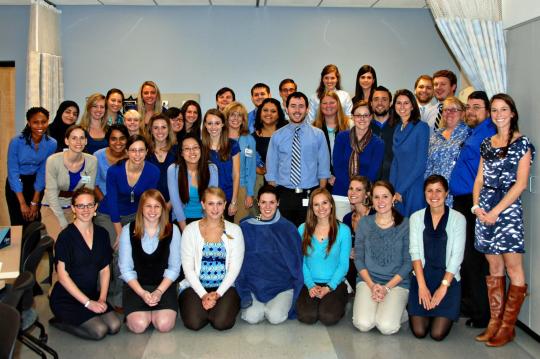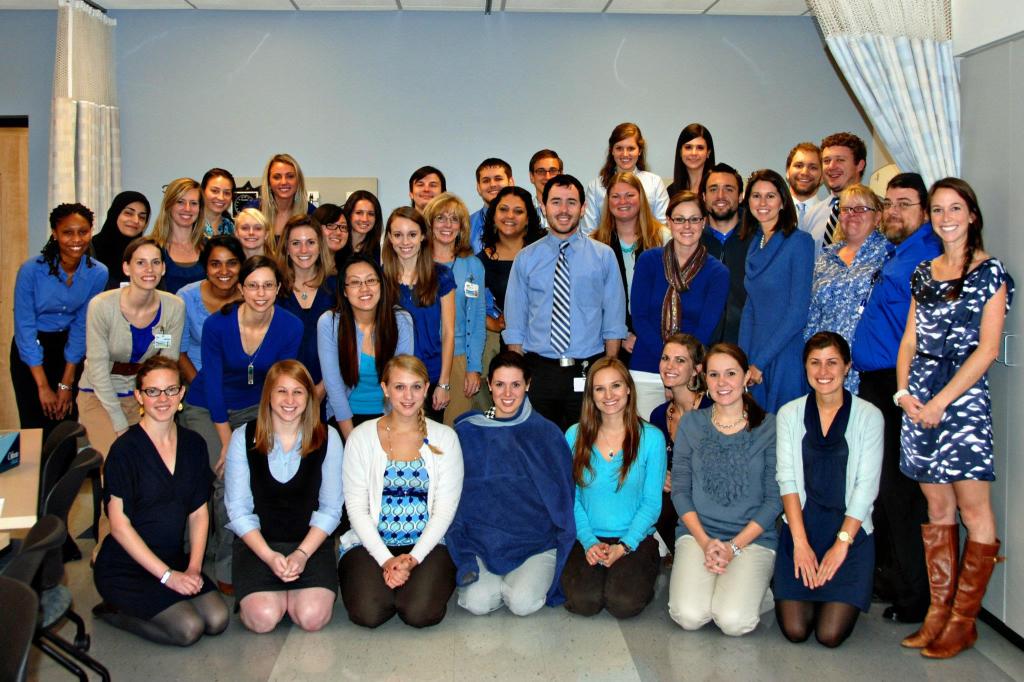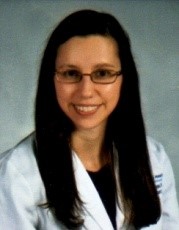
Her 27 months at physician assistant school was an intense experience, says Timber Wages.
“It’s like trying to drink water from a fire hydrant,’’ says Wages, 31, who attended the PA program at Georgia Regents University in Augusta.
A fire hydrant?
“The volume of information is overwhelming,’’ she explains, adding with a chuckle, “but not impossible.’’
Wages, originally from Calhoun in northwest Georgia, weighed several job opportunities when she graduated about a year ago. She joined an Augusta urgent care center as a PA in primary care, and also works at a Columbia County detention center.
Over the past decade, both Georgia and the nation have seen a surge of PAs. The higher demand comes from several factors: the growth in outpatient clinics; the shortage of primary care physicians; and the added emphasis on cost-effective, team-based medical care.
A physician assistant is a health care professional who has the training to perform many of the duties that doctors routinely handle. PAs must be licensed and each must work under the direction of a physician.
About 95,000 PAs are practicing across the country, up from 43, 500 in 2003.
The number of PAs in Georgia has increased by 67 percent over the past 10 years, now surpassing 3,000. Still, experts say there’s a shortage of them in the state.
Though she and other PAs are not allowed to prescribe certain medications, Wages says she can do most things a primary care physician can do. That’s why PAs are so valuable in primary care: They can relieve much of the workload of doctors.
A large majority of Georgia PAs, more than 75 percent, are currently practicing in metropolitan areas, according to a state workforce survey.
Wages says an attractive feature of being a PA is lateral career mobility, where she can work in primary care for a while, then transfer into a specialty, such as dermatology or orthopedics.
Most physician assistants end up going into a specialty, says James Cannon, board chairman for the National Commission on Certification of Physician Assistants.
All are trained in primary care, which can help a PA who moves into specialty medicine, says Cannon. He’s a PA who works in psychiatry, and while he treats substance abuse patients, he also can address their primary care needs.
The NCCPA organization, based in Johns Creek in the northern Atlanta suburbs, is the only certification and licensing exam entity for the PA profession. NCCPA certification (passing a PANCE exam) is required for initial licensure in every state.
A calling that’s relatively new
The PA profession arose in the 1960s, when physicians and educators recognized there was a shortage of primary care physicians.
To help address the need, Dr. Eugene A. Stead Jr. of the Duke Medical Center, formed the first class of physician assistants in 1965. He selected four Navy corpsmen – military medics who treat sailors and Marines – to be the first students.
Now, PAs and nurse practitioners (who also can handle many of the duties frequently left up to doctors), are considered part of the solution to primary care shortages, especially with the coverage expansions from the Affordable Care Act.
Chris Parker, associate project director at the Georgia Health Policy Center, adds that under the ACA, “as more individuals find coverage, an even greater demand will be placed on our primary care system, especially in rural and underserved communities.
A Rand Corp. study published in November said new roles for PAs and nurse practitioners may cut a predicted shortage of physicians by about 50 percent.
“Growing use of new models of care that depend more on non-physicians as primary care providers could do much to reduce the nation’s looming physician shortage,” said David Auerbach, the study’s lead author. “But achieving this goal may require changes in policy, such as laws to expand the scope of practice for nurse practitioners and physician assistants, and changes in acceptance, on the part of providers and patients, of new models of care.”
Using PAs and nurse practitioners in “medical homes” – teams of health professionals working together to coordinate care – can relieve the doctor shortage by serving larger numbers of patients than a single physician can treat, experts say.
Georgia now has four PA schools – at Emory in Atlanta, Mercer in Atlanta, Georgia Regents University in Augusta and South University in Savannah.
USA Today reported last year that according to the American Academy of Physician Assistants, 60 new physician assistant programs were waiting then for accreditation, and 10,000 new PAs were expected by 2020.
“There are a lot of jobs available, especially in emergency medicine,’’ says Jeff Chambers, a physician assistant who works in orthopedics in Athens. “More primary care jobs are opening in rural areas.’’
As a PA in orthopedics, he says, “I can put bones and joints back in place,’’ plus assist in surgery.
It’s cheaper and quicker to train a PA than a doctor, says Chambers, a past president of the PA association.
Nationally, the median salary for a PA is about $97,000.
Wages says she wanted to practice in Georgia because it’s her home state.
“I’m very proud to be a PA,’’ she says. “And I enjoy general practice much more than I anticipated.”




